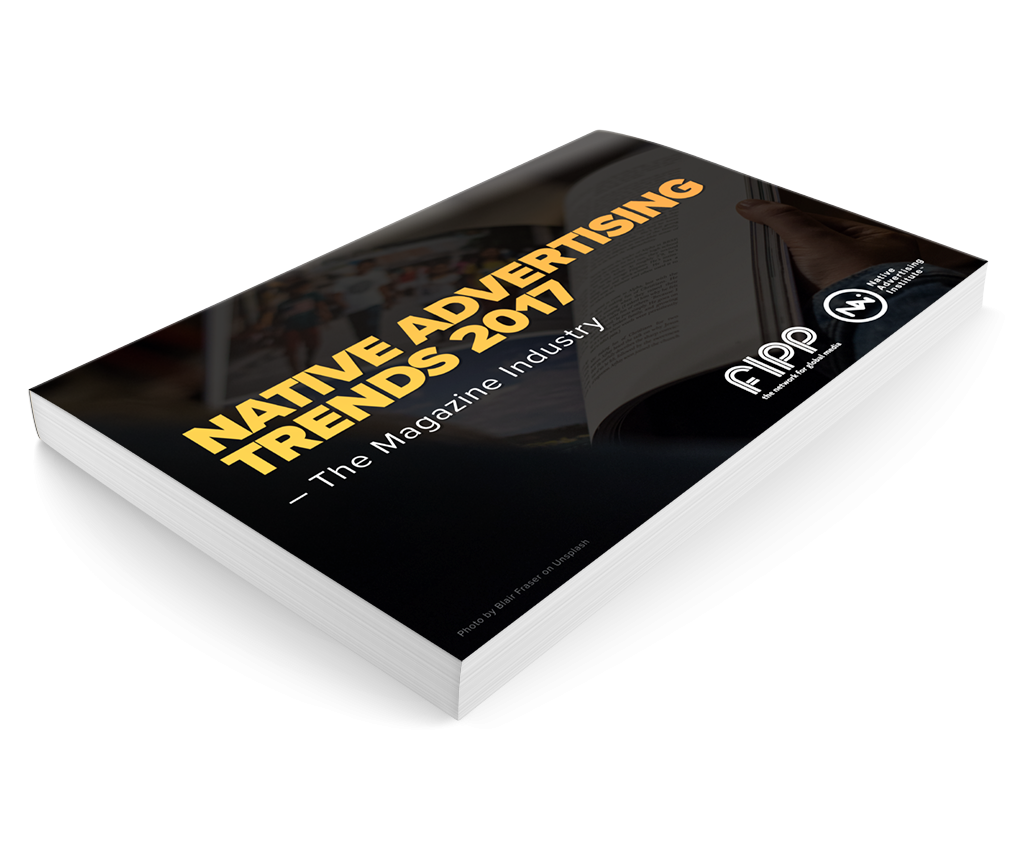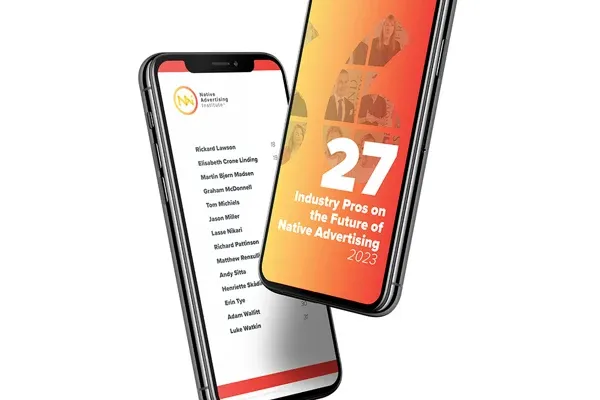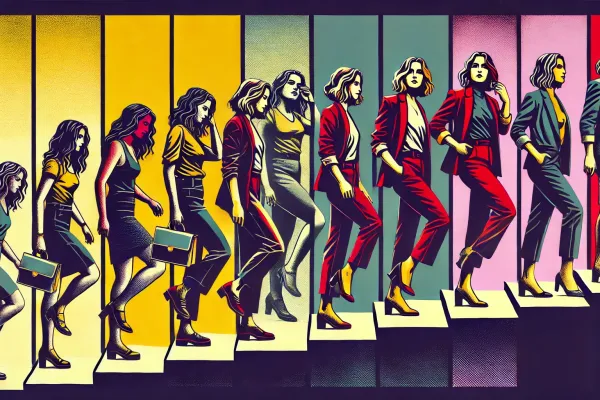 Details
Details
Publishers around the world have been getting on board the native advertising train by creating in-house native ad studios.
We’ve interviewed directors of these studios around the world, from India to Sweden, and asked them to share their most important learnings.
Have strict guidelines
“In one of our first projects, we experimented with a partnership model in covering coffee production in disadvantaged areas of Honduras, which was a subject area very close to what we could have done journalistically anyway. But we got a lot of criticism — mostly from other journalists — because though it was labeled, it wasn’t labeled clearly enough. This informs our work a lot. We’ve learned how important it is to have strict guidelines about what and how we publish and also to have the support of the entire organization behind us.”
-- Gary Quinn, Editor of The Irish Times Content Studio, Ireland
Spend a day in the newsroom
“Recruit skills that are better than yourself. Dare to become an advisory partner. Don’t be afraid to tell the customer that the story they want to write won’t give them the same effects as the story YOU want to write. You know your readers, they don’t.
Practice on the editorial department’s gathering of insights. Analyze and implement so that your native product becomes true native. Last but not least, spend a day in the newsroom. Gather insights, learn the editorial approach and implement on your commercial editorial, so that your native product becomes true native.”
-- Anna Arvidsson, Head of Bonnier News Brand Studio, part of Bonnier News Sales, Sweden
Get a dedicated sales force
“Though we use our existing sales staff for selling native advertising and content marketing, I do worry that it will be a challenge for them in the future to sell all the different commercial products that we are going to offer. My advice is to have a dedicated sales force if possible.
Regarding the ethical issues, it’s of vital importance to maintain a good dialogue with the editorial side. I think it’s an advantage that I’m a trained journalist. That’s also a selling point when we contact clients. We are not copywriters. We are content producers with journalistic backgrounds who are working with angles, storytelling and case stories.
-- Atle Bersvendsen, Head of Adresseavisen Brand Studio, Norway
Start with the CEO
“Everything has to start with the CEO of your media company when you decide to create a content studio. We work in the area between the editorial and the commercial side, and you can never align their interest without the back-up of top-management. This is a company exercise that everybody has to take really seriously.
Besides this, you have to make sure that you convince the customers that it’s in their best interest to not mislead the readers when it comes to native advertising — that would be the fastest way to ruin the trustworthiness of your publication.”
-- Thomas Buytaert, Head of Editorial Project at Content Connections, Belgium
Focus on the quality
“Content can be long, it can be short, it can be expensive, it can be cheap, it can be branded, it can be unbranded, it can be mass or it can be niche, it can be custom or it can be time-tested. Content can be many things, but the only thing it must be is good. Focus on quality. Focus on the audience. Make the kind of content you’d want to spend time with. Otherwise, what’s the point?”
-- Armando Turco, General Manager of Vox Creative, Vox Media’s branded content studio, USA
Hire young people from diverse backgrounds
"Treat your readers with respect. The reader has become smarter than before and that should be the key consideration while creating branded content.
Hire young people and from diverse backgrounds (especially for creative roles). I can’t emphasize that enough. Their appetite for information and ability to think beyond the obvious is what a studio needs. And as digital natives, they understand the medium better.
Don’t block or kill creativity by getting bogged down with the volume of briefs or partner expectations. There will come a time when you may have to turn someone down to ensure that quantity doesn’t take precedence over quality.”
Say ‘no’ to clients
“As media companies, we should probably more often tell the clients ‘no’ and guide them about this new type of advertising and what it takes but it’s a delicate matter to turn away clients who want to buy advertising. Like social media, which is today a part of all advertising campaigns, native advertising will also be a normal part of all campaigns, I think.”
-- Jukka Hurme, Creative Producer at Alma Media Solutions, Finland
Measure the effect
“Publishers have done advertorials since the 20th century. It’s basically just advertising in the form of an article. Native advertising and especially content marketing has to be something completely different. It’s about raising awareness and give the readers tools to solve issues. It’s not about promoting products. If publishers don’t keep that in mind, it’s just a matter of time before the value and price of native will demolished. And then, of course, you have to measure the effect of native advertising — otherwise, you will never convince advertisers to invest.”
-- Ronald Viin, then Advertising Director at Ajakirkade Kirjastus AS, Estonia
Photo by Rita Morais on Unsplash
DOWNLOAD: Native Advertising Trends 2017 - The Magazine Industry


